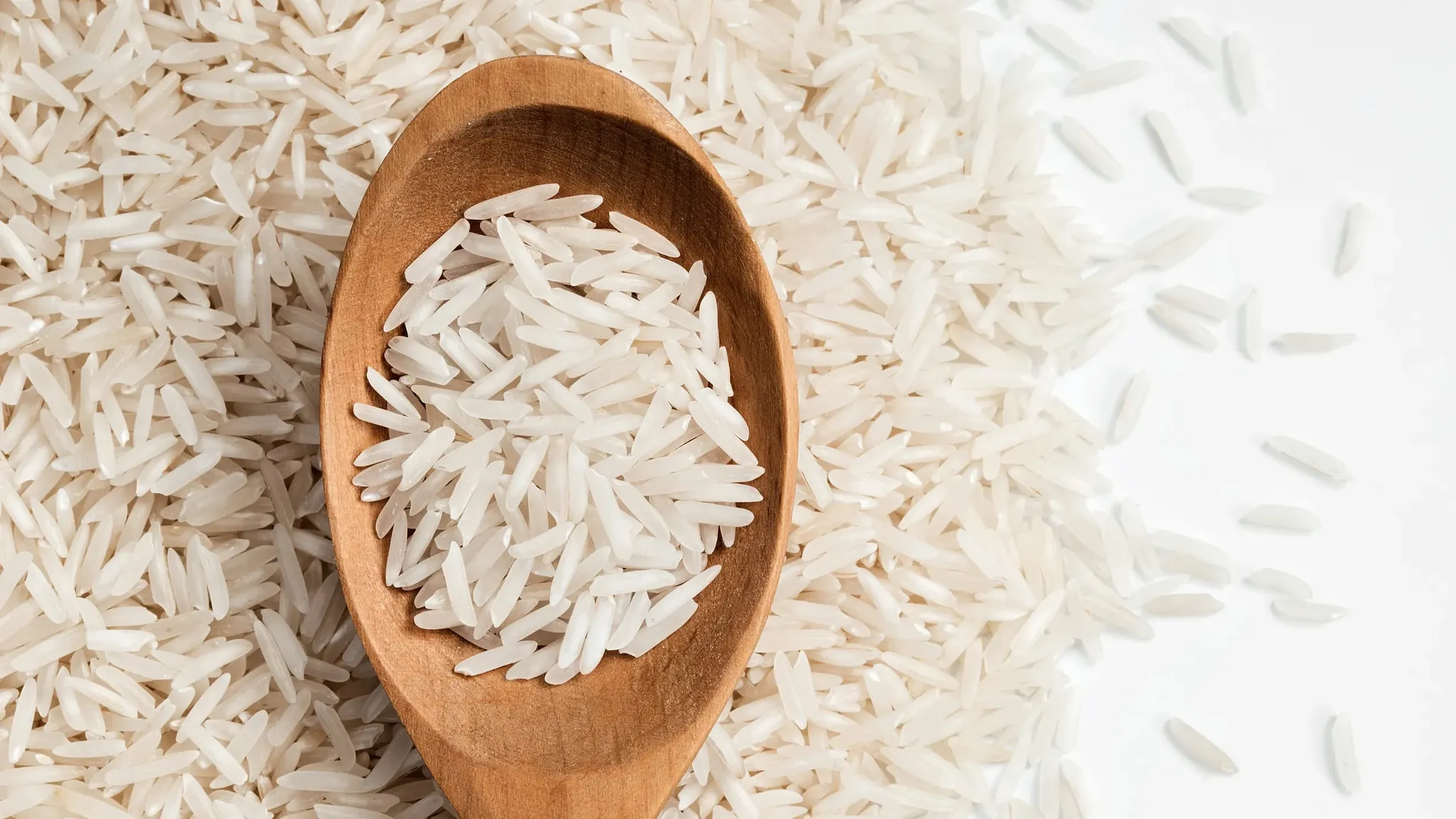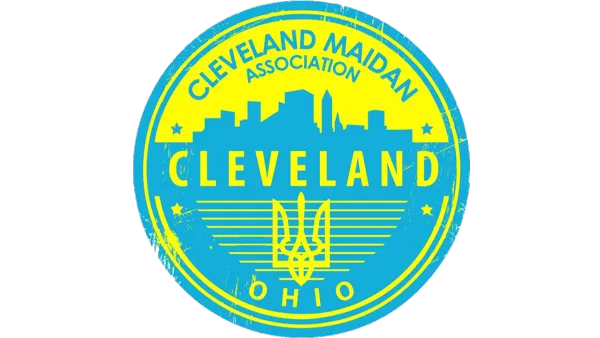Rice, the staple of millions of Americans' diets, has come under scrutiny in a new report that revealed alarming levels of arsenic, cadmium, and other heavy metals in samples collected across the country. The study, published by the advocacy group Healthy Babies Bright Futures, paints a bleak picture: 100% of the 145 rice samples tested contained arsenic, with over a quarter exceeding the limits set by the U.S. Food and Drug Administration (FDA) for children's rice cereals. This report, exposing the danger of one of the most common foods, raises urgent questions about food safety, agricultural practices, and economic barriers that make less contaminated options less accessible.
Invisible threat on the plate
Arsenic, a naturally occurring element present in soil, is absorbed by rice with unsettling efficiency, making this crop a “source of concern,” according to the report’s authors. Unlike organic arsenic, which is relatively harmless, the inorganic form—dominant in rice—is associated with an increased risk of cancer, neurological disorders, and developmental issues in children. The research found that 25% of children's rice puff samples exceeded FDA’s limit of 100 parts per billion, with some levels being twice as high.
Cadmium, another heavy metal, was also found in significant amounts, especially in rice flavored with saffron, where lead levels were abnormally high. Lead and mercury, though present in smaller concentrations, rounded out the list of toxins, highlighting rice’s unique vulnerability compared to other grains. For comparison, 66 samples of alternative crops—barley, millet, and fonio—contained 69% less heavy metals, offering a safer but often more expensive alternative.
“Rice is not just food; it is a cultural cornerstone for many communities,” says Jane Hulihan, director of Healthy Babies Bright Futures, whose voice is tinged with quiet resolve. “But when every bite contains toxins, we need to rethink how we grow, sell, and prepare it.” The report emphasizes that chronic consumption of arsenic, even in low doses, poses particular risks for pregnant women, infants, and children whose bodies are still developing.
Bright spots and economic barriers
Not all news is grim. The report found that certain types of rice—specifically those grown in California, Thai jasmine, and Indian basmati—consistently contain lower levels of heavy metals. California rice benefits from strict soil standards and less contaminated water sources. Thai and Indian rice, thanks to unique cultivation methods, are also safer. However, these varieties often cost more, and newly implemented tariffs by the Trump administration only worsen the situation. Starting July 2025, Thai jasmine rice will face a 36% duty, and Indian basmati a 26%, making these “safe” options inaccessible to many families.
“This is a classic inequality issue,” notes Dr. Amit Sudhhir, a food safety expert at the University of Maryland. “Lower-income people are forced to buy cheaper rice, which, as it turns out, is more polluted.” Insider sources indicate that the FDA is considering revising standards for rice, but lobbying by the agribusiness sector—especially in Arkansas and Louisiana, where a significant portion of American rice is produced—slows progress. “No one wants to admit that our system allows toxins to end up on children's plates,” adds a source close to the agency.
Path to safer rice
The report offers practical solutions for families who cannot afford expensive alternatives. The most effective method is cooking rice like pasta: boiling it in a large amount of water and draining the excess. This method, which works even with rice cookers, can reduce arsenic content by up to 60%. “It’s simple, free, and accessible to everyone,” says Hulihan, urging parents to incorporate this step into their daily routine. Other recommendations include replacing rice with alternative grains such as quinoa or barley and thoroughly rinsing rice before cooking.
But relying solely on consumers is unjust, the authors argue. They call on the FDA to tighten standards for children's foods and subsidize the cultivation of less contaminated rice varieties. Behind closed doors in Congress, discussions abound about potential subsidies for California farmers who transition to more sustainable practices, but political will remains fragile. “It’s not just a problem for one farmer or one plate,” says Sudhhir. “It is a systemic crisis that requires systemic solutions.”
Global problem, American responsibility
The arsenic issue in rice is not unique to the U.S.. In Bangladesh and China, where rice is a staple crop, heavy metal contamination has long been a concern. But in America, where consumers rely on the FDA as a safety watchdog, these results are perceived as a breach of trust. For ethnic communities—from Asian Americans to Latinos for whom rice is a daily staple—the report is an alarm bell. “We feed our children food that is meant to nourish, not poison,” says María López, a mother of three from Queens who is now re-evaluating her family’s diet.
As Americans prepare for summer picnics and family dinners, the Healthy Babies Bright Futures report reminds us: food safety is not a given but a fight. From California fields to Brooklyn kitchens, from FDA laboratories to Congressional halls, solutions are within our reach. The question is whether we have the courage to change a system that allows toxins to hide in one of the world’s most beloved dishes. For the bright, healthy, and safe future of our children, the answer must be unequivocal.



